Horticultural sector
Professional growers can make a valuable contribution to the protection of pollinators.
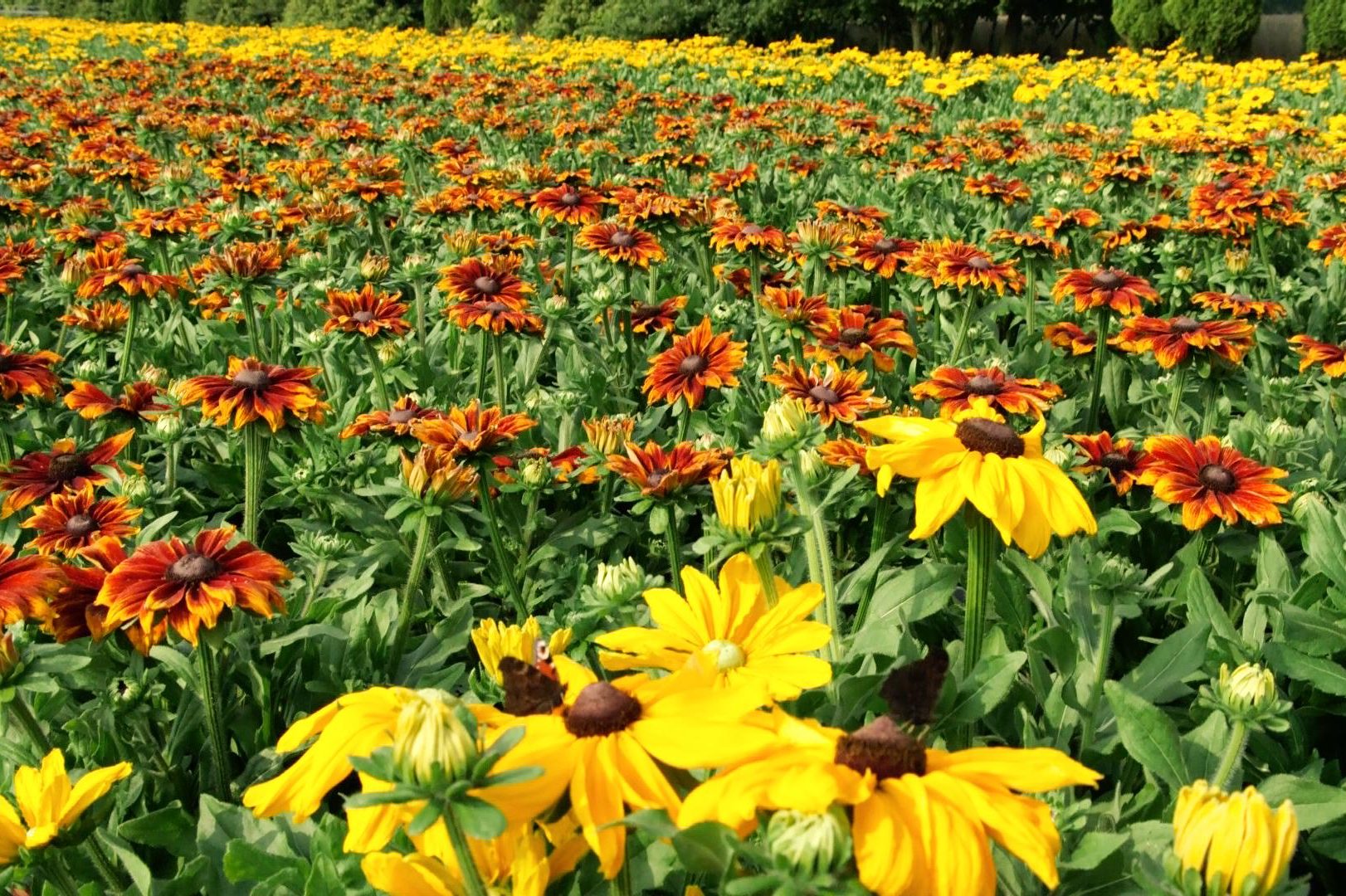
Plants enrich our life
The horticulture sector stands for a colorful sea of blossoms and a high expertise in growing and breeding beautiful flowers and plants. Their products color up our life, beautify our home und enrich the variety in our garden. Cities flourish and become more livable – for humans and for animals. The sequestration of CO2 during growth and the positive effects on the micro climate make plants an important partner for the conservation of our environment.
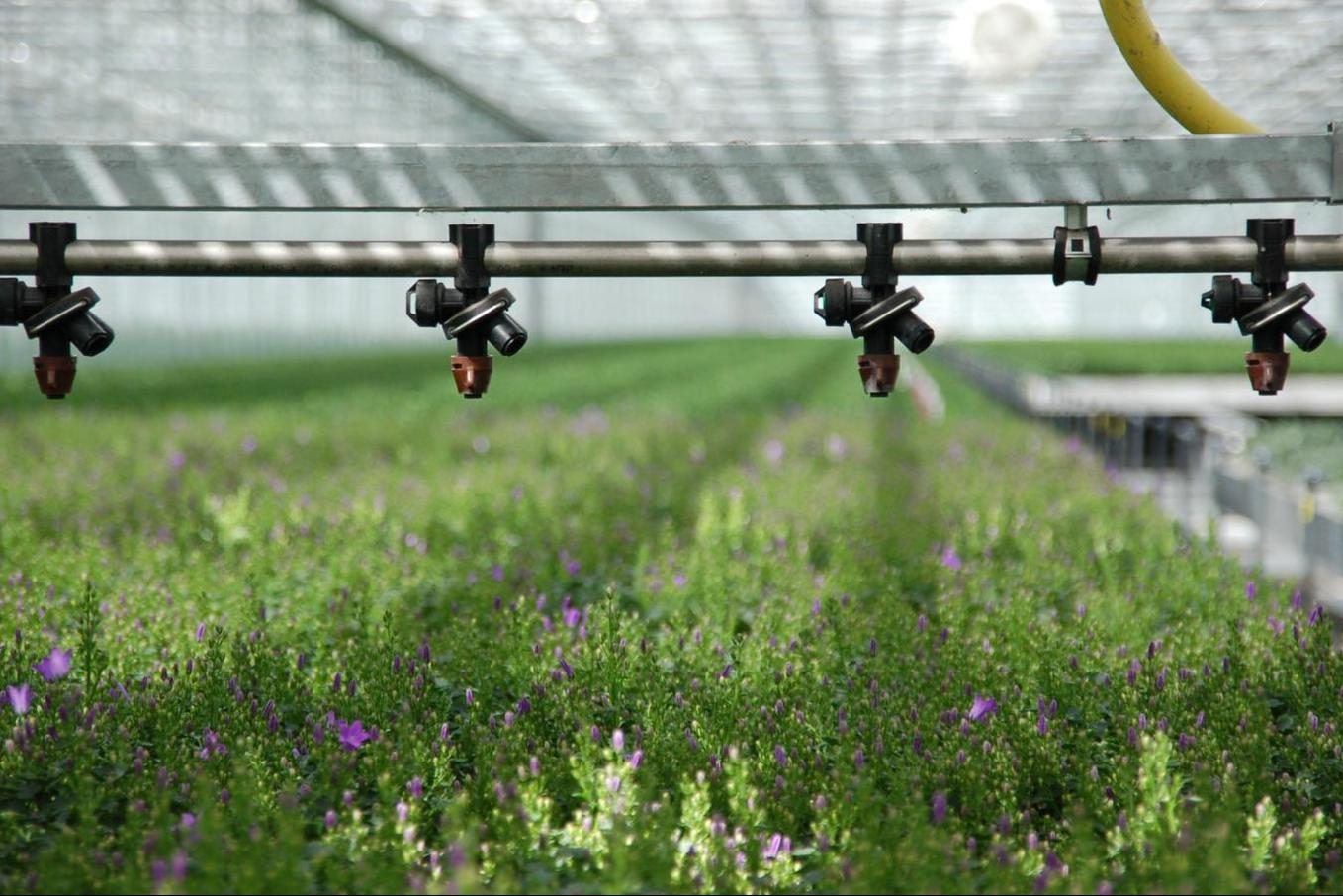
Crop protection
The horticultural sector has been marked by an increasing specialization of businesses to few or single plant species which is more profitable but favors the susceptibility to pests and diseases. Crop protection measures targeting harmful insects are therefore often necessary for flower farms. However, these measures can also harm beneficial insects such as pollinators.
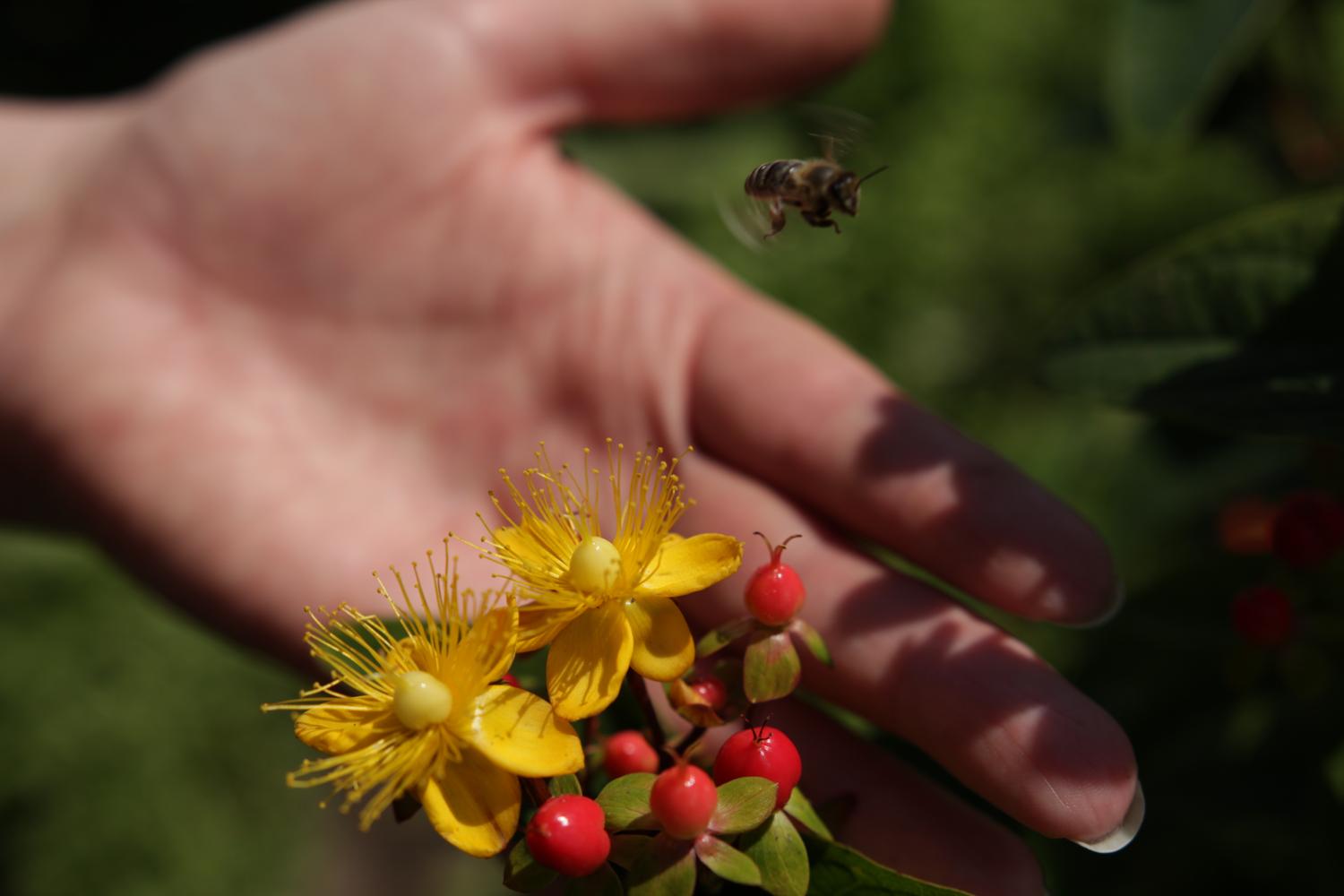
Flowers4Bees’ approach
This is where we would like to step in: Flowers4Bees aims at fostering a bee-friendly production of ornamental plants. This website can be used as a platform for relevant information and up-to-date scientific evidence. Additionally, educational workshops for interested horticultural businesses are at the heart of our work.
What exactly can a professional gardener do to protect bees?
Pesticides, and particularly chemical insecticides, are one of the most serious threats to pollinators. However, there are many ways to minimize the health hazard of crop protection measures, e.g. like:
- reduce the use of chemicals,
- chose products with lesser risks to pollinators and
- prevent contact of pollinators with your measures.
We will have a closer look at these topics in the following sections.

Prevention is better than cure
By choosing the right plants the susceptibility to pests and disease can be reduced beforehand. For example robust cultures that are optimally adapted to the climate in the retail market should be preferred. If you source seedlings from suppliers find out which pesticides they have been treated with in order to ensure that no bee-harming substances have been used on them. A professional crop management regarding the supply of heat, light, water and fertilizer is just as essential for a successful production as hygienic conditions. In addition, more and more growers use natural plant strengtheners in order to enhance the robustness of their cultures.
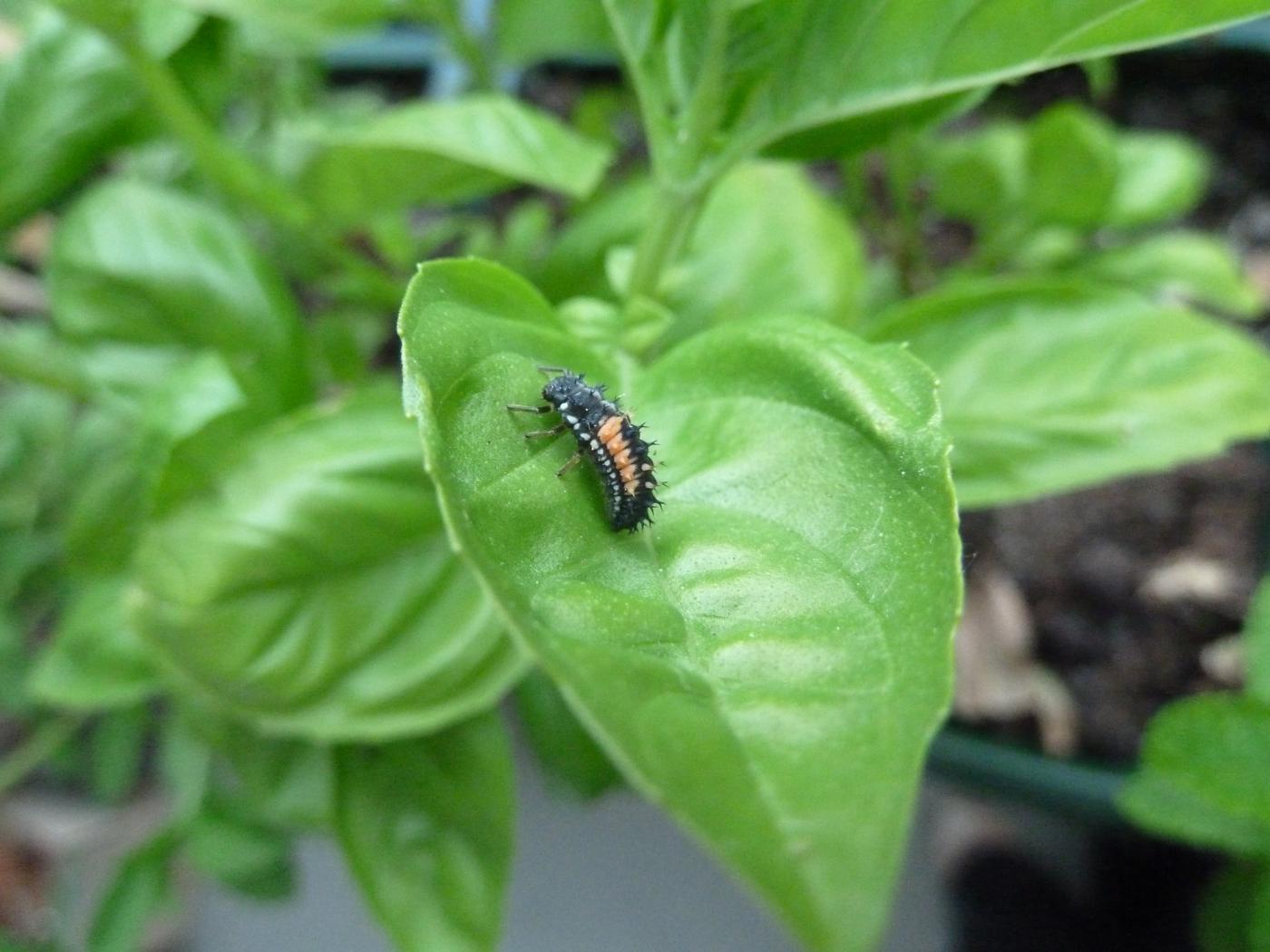
Beneficials
Pesticides can harm pollinators and foster the development of resistance against their own chemical substances. Therefore, mechanical (e.g. manually removing pests or weeding) and biological (particularly the use of beneficial insects) crop protection measures are often good alternatives. Depending on the prevailing pest, beneficials can be specifically selected and be applied with great success in closed cultivations. Early action, enabled through regular scouting, is essential to effectively combat pests. The advantage of using beneficial insects is not only that they substitute chemicals on every of their application, but also that the insects need an overall healthy environment to work effectively. Hence, the use of chemicals needs to be reduced permanently in the production which in turn benefits employees, the environment and all pollinators.
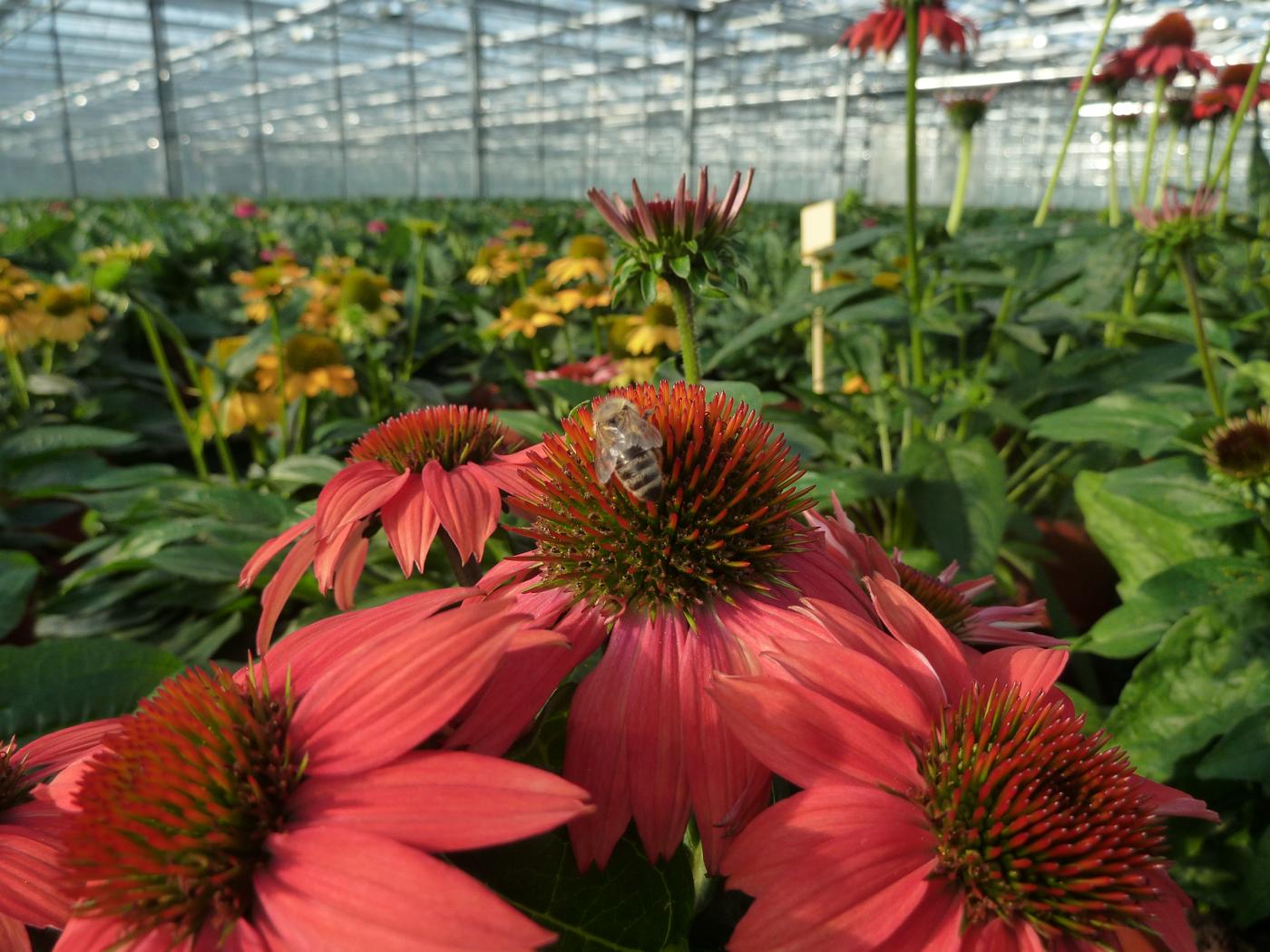
Bee-friendly growers
To become a bee-friendly grower the farms infrastructure should be adjusted at this goal. The main objective is here to prevent any contact of pollinators with plant protection measures. Generally speaking, the regulatory authorities assume that in greenhouse production wild living insects are not affected by measures inside. This is the reason why often regulations there are less strict. Consequently, this also means that growers have to make sure that bees and other pollinators do not enter their greenhouse e.g. by installing insect screens at windows and ventilation pipes.
Product strategies that cannot prevent that pollinators get into contact with plant protection – e.g. in outdoor cultivation or in greenhouses where bees and bumblebees are actively used to increase the pollination – are especially in need of mild measures. Addtionally, in outdoor production wild living beneficials and their habitats can be fostered. That way they can help keeping pests down. Offering attractive wildflower strips adjoining the production area enables insects to find an alternative space. Nesting aids are welcomed by wild bees as well as a reduced plowing of the ground where the majority of wild bees nests.
Alternatives for persistent pests
If mechanical and/or biological measures are not effective enough, the use of chemicals is sometimes inevitable. In addition to avoiding particularly critical substances and complying with the regulations for their application, it is useful to choose a product with a high degradation rate in these situations. In order to achieve an optimal outcome at minimal risk it is important to check the application equipment for proper functioning and application efficiency. According to consultants for crop protection this can lead to high savings – but no loss of effectiveness.
Excursus: Bee toxicity
The German regulation of bee protection governs the declaration and usage of plant protection products. All pesticides have to go through an approval procedure in which several different tests are undertaken to determine the toxicity to honeybees. These tests are conducted under the compliance of the chemical producer’s specifications of how to use the product and how much to take. The procedure results in a classification of the product within the levels B1 to B4 which lead to different requirements when using the product.
Additionally, the authorities have introduced the labeling NN410 which indicates risks to wild pollinators.

Even though the classification B1 to B4 of plant protection products is helpful, this system should be challenged. On the one hand mainly honeybees are used for the approval procedures, meaning that divergent results on wild pollinators are barely accounted for. On the other hand the classification is based upon fatalities only, leaving out sub-lethal health effects that could also lead to the demise of a whole bee colony. As a result, products that do not kill honeybees on the short term (48 hours), but just make them sick, interrupt their communication or orientation could become approved as being “not bee harming”.
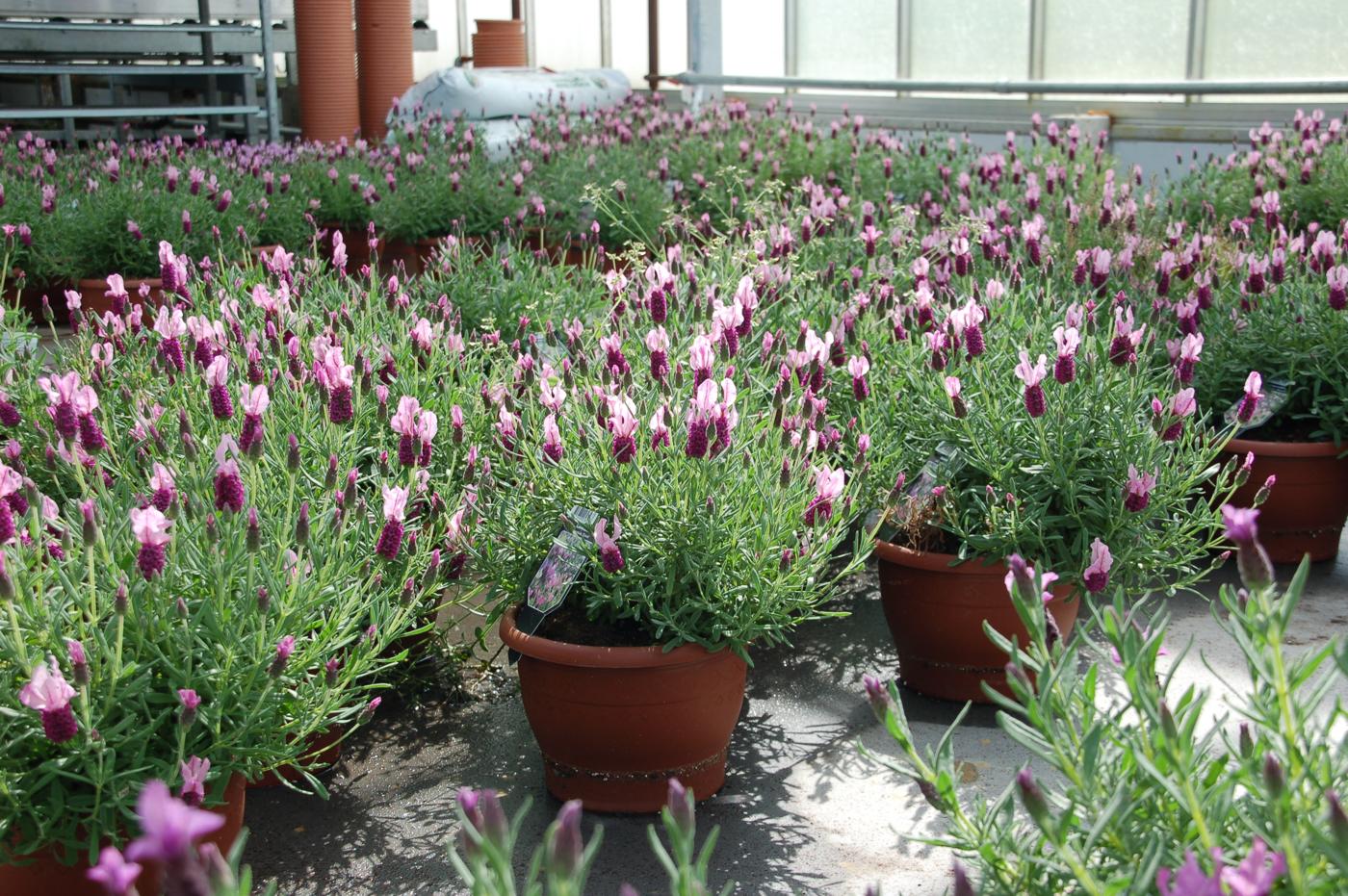
Selection criteria
Besides the classification B1 to B4, another selection criterion for pesticides could be the taken into account: the value for the lethal dose of the underlying chemical. All chemical agents with LD50/48h value of below 2 µg per bee are considered to be especially bee-toxic. Still, it is also true for the chemical itself that not only the lethal dose can be relevant. Again, sublethal impacts like the loss of orientation have to be taken seriously. During the previous years the substance groups of pyrethroids and neonicotinoids have come under quite some criticism. In the meantime the latter have been restricted to a certain extent by the EU. The development of changing regulations shows how important it is for a future-oriented horticultural production to be up-to-date to recent scientific findings and to start looking for alternative means as early as possible.
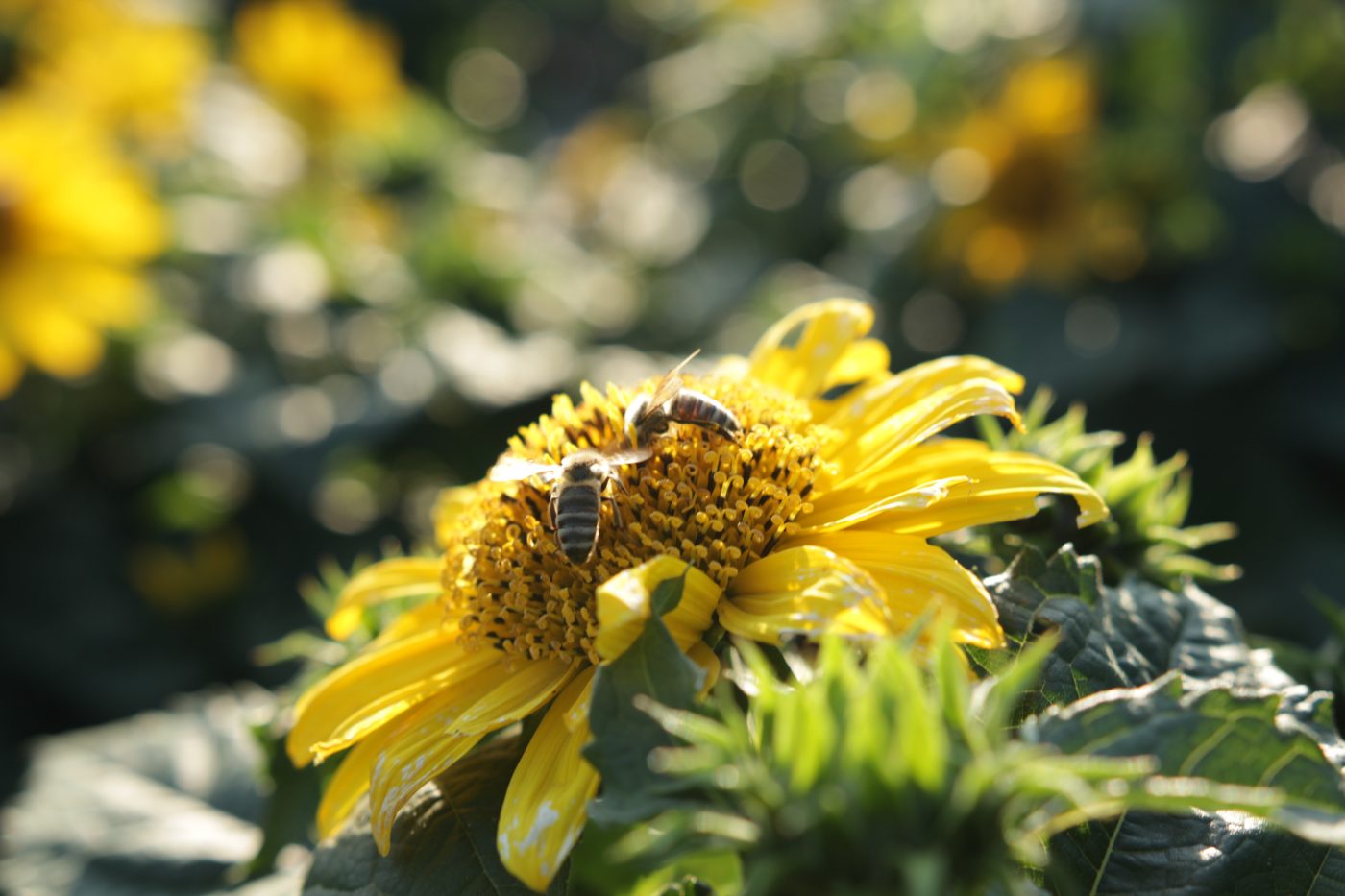
The correct application
To wrap it up, following measures help honeybees, wild bees and other important insects:
- produce healthy and strong plants
- foster the natural occurrence of beneficials
- scout plants regularly to enable quick reaction against pests
- apply beneficials and other biological measures
- prevent contact of beneficial insects with plant protection methods
- use as much plant protection substance as necessary, but as little as possible
- refrain from using disputed substances
- avoid products that contain warnings in regard to wild pollinators (e.g. NN410 in Germany)
- do not apply “cocktails” of several substances
- refrain from systemic and persistent chemicals
- do not use higher doses than recommended on the product’s info sheet
- comply with local regulations for the protection of pollinators
- be precautious also when using allegedly harmless products e.g. by applying them in the evening after most bees have stopped flying
- use efficient equipment for applying your products very targeted with a minimum of losses
- inform adjacent beekeepers about the applications you are planning{:}